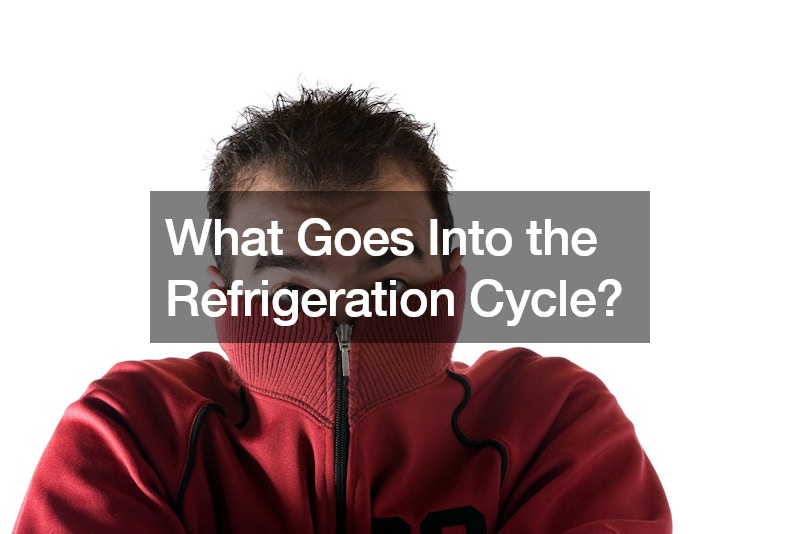The refrigeration cycle is a fundamental process that lies at the heart of any cooling system, whether it’s a household refrigerator or a commercial HVAC system. This cycle involves several key components that work together to transfer heat from one location to another, resulting in the cooling of a space or substance. The process begins with the compressor, which plays a crucial role in the refrigeration cycle by compressing the refrigerant gas, and raising its temperature and pressure. The high-pressure, high-temperature refrigerant then flows into the condenser coils, where it releases heat and condenses into a liquid state due to the cooler ambient air or water passing over the coils.
From the condenser, the liquid refrigerant travels through the expansion valve or metering device, where it undergoes a rapid expansion, causing a drop in temperature and pressure. This cooled and low-pressure refrigerant then enters the evaporator coils, where it absorbs heat from the surrounding air or space, thus cooling it down.
Finally, the refrigerant returns to the compressor to restart the cycle. This continuous process ensures that the desired temperature is maintained within the refrigerated space. Understanding the intricacies of the refrigeration cycle is essential for HVAC service professionals to diagnose and address any issues that may arise with cooling systems, ensuring optimal performance and efficiency.
.

